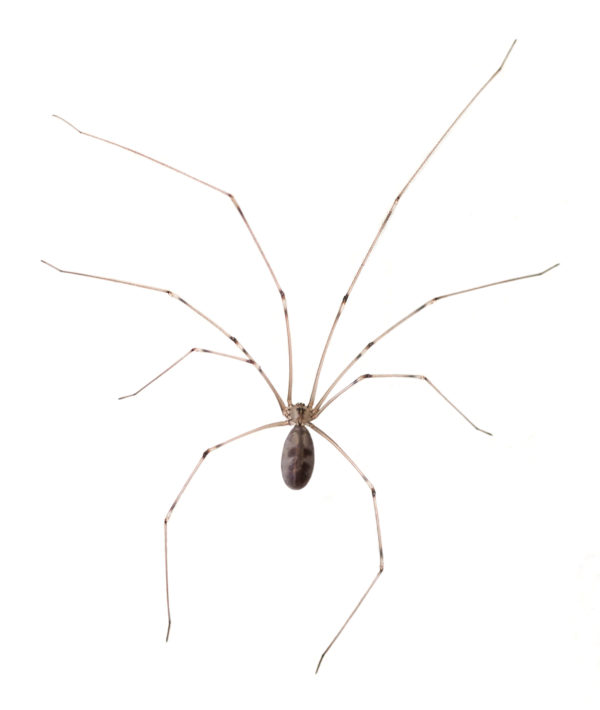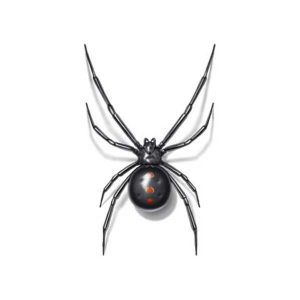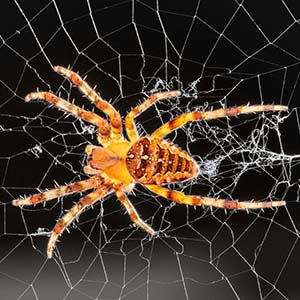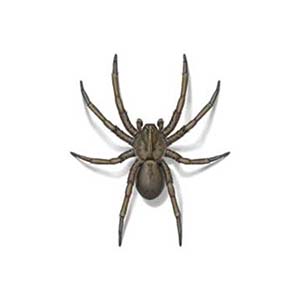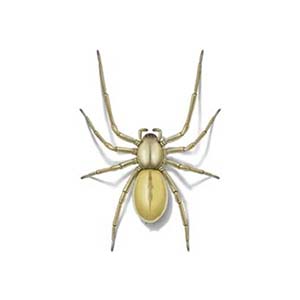Description
Cellar Spiders in your area
Cellar spiders can easily be identified by their extremely long and thin legs. These spiders are frequently mistaken for daddy longlegs or harvestmen, which are actually different and unrelated insects. Cellar spiders are drawn to dark, secluded, and damp areas such as garages, basements, and cellars – which is how they got their common name. These spiders often hang belly-up from their webs, which are usually positioned in corners and ceilings. Because cellar spiders primarily consume small insects and other insects, they can be beneficial in controlling pest populations. However, these spiders do not consume their old web before spinning a new one, which can leave behind a bothersome mess for home and property owners to clean up.
Cellar Spider Habitat
Cellar spiders tend to live in dark and secluded areas. Outdoors, this means they are frequently found in cave openings, crevices in rock walls, and other protected spots. When indoors, they typically build their webs in cellars, basements, garages, and crawlspaces. Cellar spider webs are a year-round pest, and they usually construct their messy-looking webs in corners or near ceilings. These spiders are very sensitive to vibrations, which they use to determine when prey wanders into their web. While cellar spiders can be helpful to homeowners by controlling pest populations, these spiders can leave behind messy webs that are a bother to clean up.
Cellar Spider Behaviors, Threats, or Dangers
Though cellar spiders do have venom, they are not known to bite humans and therefore do not pose a health or safety concern. Instead, these spiders are considered a nuisance because of the large amount of webbing they produce; while many species of spiders consume their old web before making a new one, cellar spiders do not. Therefore, a single cellar spider can leave behind a considerable amount of webbing over time. For home and property owners, these webs can be an eyesore and a bother to clean up. If you are dealing with an outbreak of cellar spiders in or near your home, contact your local spider exterminators today.
